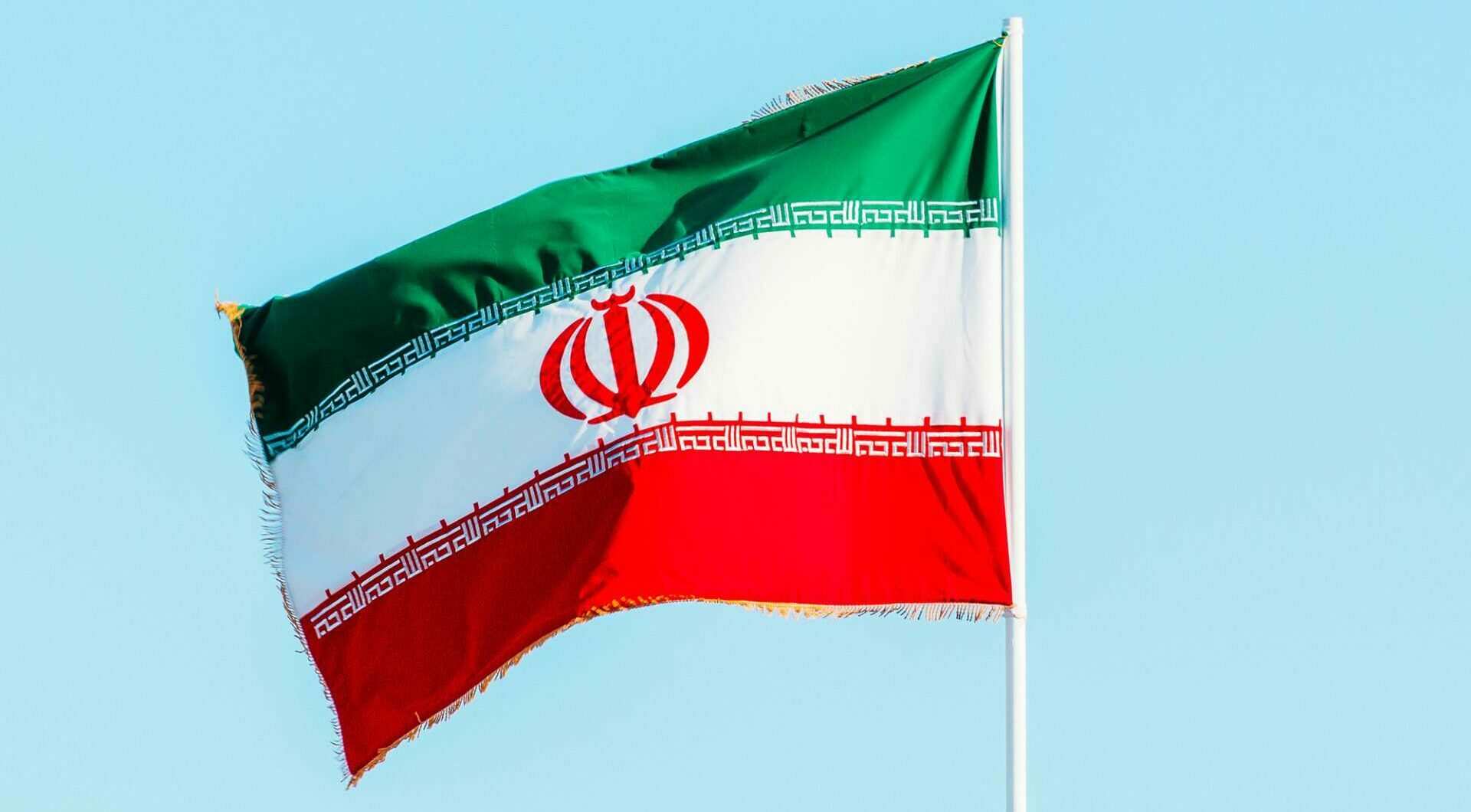1LoverofGod
Well-known
Temperatures in Iran are hitting record highs, rivers and lakes are drying up, and prolonged droughts are becoming the norm, highlighting a water crisis that is turning much of the country’s territory to dust.
The desertification of Iran is occurring at a staggering pace, with officials last month warning that more than 1 million hectares of the country’s territory — roughly equivalent to the size of Qom Province or Lebanon — is essentially becoming uninhabitable every year.
The situation has Tehran scrambling to gain control of the situation in a country where up to 90 percent of the land is arid or semi-arid. But the clock is ticking to stave off what even officials have acknowledged could lead to an existential crisis and the mass exodus of civilians.
The warning signs were on full display this month. Temperatures in southwestern Iran hit a staggering 66.7 degrees Celsius (152 degrees Fahrenheit), higher than what is considered tolerable for human life.
Iranian scientists warned that the water levels of Lake Urmia, which is in severe danger of drying up, are the lowest recorded in 60 years. And in what has become routine, advisories were issued about the threat of suffocating dust storms.
As elsewhere in the world where temperatures are soaring, global climate change gets much of the blame. But the thermometer only tells part of the story on an issue Iran has been wrestling with for years.
“Exacerbated by decades of [international] isolation, mismanagement of local resources, rapid population growth, improper spatial distribution, and the consequences of a prolonged drought, Iran’s water crisis has entered a critical phase,” environmental expert Shirin Hakim told RFE/RL in written comments.
Water scarcity, and Tehran’s failed efforts to remedy it, is well documented.
The problem has led to grand dam-building and water-intensive irrigation projects that have contributed to the drying up of rivers and underground water reservoirs. Clashes with neighboring states and anti-government protests in hard-hit areas of Iran have erupted over scant water resources. And the degradation of soil has contributed to the increase of dust and sandstorms that have helped make Iran’s air pollution among the worst in the world.
More

 americanmilitarynews.com
americanmilitarynews.com
The desertification of Iran is occurring at a staggering pace, with officials last month warning that more than 1 million hectares of the country’s territory — roughly equivalent to the size of Qom Province or Lebanon — is essentially becoming uninhabitable every year.
The situation has Tehran scrambling to gain control of the situation in a country where up to 90 percent of the land is arid or semi-arid. But the clock is ticking to stave off what even officials have acknowledged could lead to an existential crisis and the mass exodus of civilians.
The warning signs were on full display this month. Temperatures in southwestern Iran hit a staggering 66.7 degrees Celsius (152 degrees Fahrenheit), higher than what is considered tolerable for human life.
Iranian scientists warned that the water levels of Lake Urmia, which is in severe danger of drying up, are the lowest recorded in 60 years. And in what has become routine, advisories were issued about the threat of suffocating dust storms.
As elsewhere in the world where temperatures are soaring, global climate change gets much of the blame. But the thermometer only tells part of the story on an issue Iran has been wrestling with for years.
“Exacerbated by decades of [international] isolation, mismanagement of local resources, rapid population growth, improper spatial distribution, and the consequences of a prolonged drought, Iran’s water crisis has entered a critical phase,” environmental expert Shirin Hakim told RFE/RL in written comments.
Water scarcity, and Tehran’s failed efforts to remedy it, is well documented.
The problem has led to grand dam-building and water-intensive irrigation projects that have contributed to the drying up of rivers and underground water reservoirs. Clashes with neighboring states and anti-government protests in hard-hit areas of Iran have erupted over scant water resources. And the degradation of soil has contributed to the increase of dust and sandstorms that have helped make Iran’s air pollution among the worst in the world.
More

Condition critical: Desertification threatens to turn Iran's future to dust
This article was originally published by Radio Free Europe/Radio Liberty and is reprinted with permission. Temperatures in Iran are hitting record highs,
